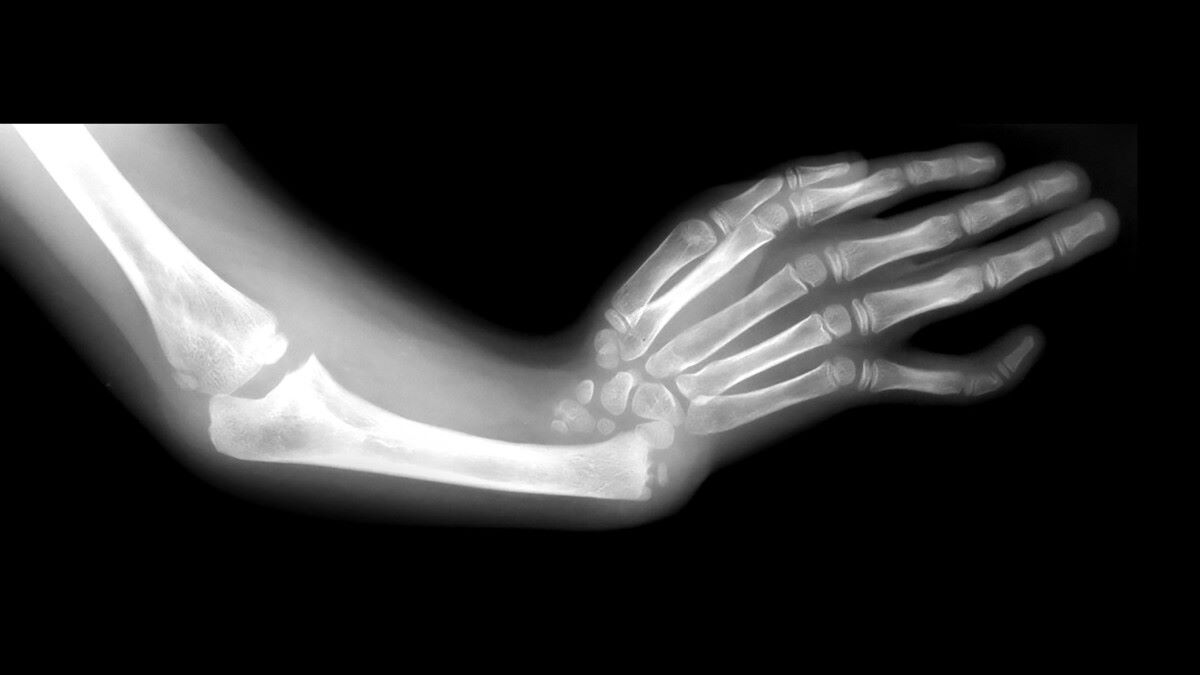
Duane-Radial Ray Syndrome is a rare genetic disorder that affects the eyes and limbs. Caused by mutations in the SALL4 gene, this condition can lead to a range of symptoms, including limited eye movement, abnormal development of the thumbs, and other skeletal anomalies. First described in 1969, it has since been the subject of numerous studies aiming to understand its complexities. Affecting both males and females, this syndrome can vary greatly in severity from one individual to another. Early diagnosis and intervention are crucial for managing symptoms and improving quality of life. In this blog post, we'll explore 20 intriguing facts about Duane-Radial Ray Syndrome, shedding light on its causes, symptoms, and treatments.
What is Duane-Radial Ray Syndrome?
Duane-Radial Ray Syndrome (DRRS) is a rare genetic disorder that affects the development of the eyes and limbs. It is named after Alexander Duane, who first described the eye movement disorder, and the radial ray, referring to the radius bone in the forearm. Here are some intriguing facts about this condition.
-
Genetic Cause: DRRS is caused by mutations in the SALL4 gene. This gene plays a crucial role in the development of various body parts during embryonic growth.
-
Inheritance Pattern: The syndrome follows an autosomal dominant inheritance pattern. This means a single copy of the mutated gene from one parent can cause the disorder.
-
Eye Movement Abnormalities: One of the hallmark features of DRRS is Duane anomaly, which affects the eye muscles, limiting the ability to move the eyes outward.
-
Radial Ray Malformations: Individuals with DRRS often have abnormalities in the bones of the forearm and thumb. This can range from underdeveloped thumbs to the complete absence of the radius bone.
Symptoms and Diagnosis
Understanding the symptoms and how DRRS is diagnosed can help in early detection and management. Here are some key points.
-
Thumb Abnormalities: Many people with DRRS have thumbs that are underdeveloped or absent, which can affect hand function.
-
Hearing Loss: Some individuals with DRRS experience hearing loss, which can be either conductive or sensorineural.
-
Kidney Issues: Kidney malformations or dysfunctions are also associated with DRRS, necessitating regular monitoring.
-
Heart Defects: Congenital heart defects, such as atrial septal defects, can occur in those with DRRS.
-
Facial Asymmetry: Some individuals exhibit facial asymmetry, where one side of the face appears different from the other.
-
Diagnostic Tests: Diagnosis typically involves genetic testing to identify mutations in the SALL4 gene, along with clinical evaluations of physical symptoms.
Treatment and Management
While there is no cure for DRRS, various treatments can help manage the symptoms. Here are some important aspects of treatment.
-
Surgical Interventions: Surgery may be required to correct limb abnormalities or heart defects.
-
Physical Therapy: Physical therapy can improve mobility and function in affected limbs.
-
Hearing Aids: For those with hearing loss, hearing aids or other auditory devices can be beneficial.
-
Regular Monitoring: Regular check-ups with a multidisciplinary team are essential to monitor and manage the various symptoms of DRRS.
Living with Duane-Radial Ray Syndrome
Living with DRRS can be challenging, but with the right support, individuals can lead fulfilling lives. Here are some insights into daily life with the condition.
-
Support Groups: Joining support groups can provide emotional support and practical advice from others who understand the condition.
-
Educational Support: Children with DRRS may need special educational support to help them succeed in school.
-
Occupational Therapy: Occupational therapy can assist in developing skills for daily living and independence.
-
Adaptive Devices: Various adaptive devices can help individuals with DRRS perform everyday tasks more easily.
-
Mental Health: Addressing mental health is crucial, as living with a chronic condition can be stressful.
-
Family Involvement: Family support plays a vital role in the well-being of individuals with DRRS, helping them navigate the challenges of the condition.
Final Thoughts on Duane-Radial Ray Syndrome
Duane-Radial Ray Syndrome (DRRS) is a rare genetic disorder that affects the development of the eyes and limbs. Understanding the symptoms and causes can help in early diagnosis and management. Genetic mutations in the SALL4 gene are primarily responsible for this condition. Symptoms often include limited eye movement, thumb abnormalities, and hearing loss. While there's no cure, treatment focuses on managing symptoms and improving quality of life. Genetic counseling can be beneficial for affected families. Awareness and research are crucial for better diagnosis and treatment options. If you or someone you know shows signs of DRRS, consult a healthcare professional for proper evaluation and support. Knowledge empowers us to make informed decisions and seek the best care possible. Stay informed, stay proactive.
Was this page helpful?
Our commitment to delivering trustworthy and engaging content is at the heart of what we do. Each fact on our site is contributed by real users like you, bringing a wealth of diverse insights and information. To ensure the highest standards of accuracy and reliability, our dedicated editors meticulously review each submission. This process guarantees that the facts we share are not only fascinating but also credible. Trust in our commitment to quality and authenticity as you explore and learn with us.


